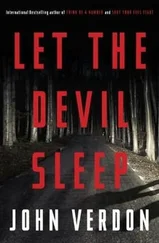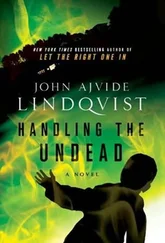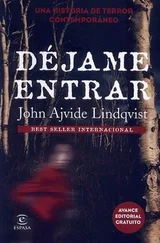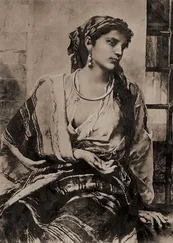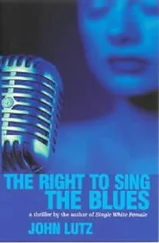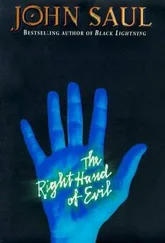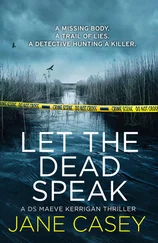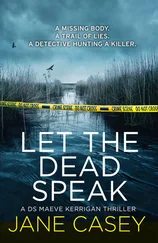A few people came walking from the direction of the subway. Hakan lay down in the leaves, close to the dead man, pressed his forehead against the ice cold stone.
Why? Why do this… with the head?
The risk of infection. You could not allow it to reach the nervous system. The body had to be turned off. That was all he had been told. He had not understood it then, but he did now.
The steps grew quicker, the voices more distant. They were taking the stairs. Hakan sat up again, glancing at the contours of the dead, gaping face. Did that mean this body would have sat up and brushed the leaves off itself if it hadn't been… turned off?
A shrill giggle escaped him, fluttering like birdsong in the underpass He slapped his hand over his mouth so hard it hurt. The image. Of the corpse rising out of the leaves and sleepily brushing dead leaves from its jacket.
What was he going to do with the body?
Maybe eighty kilos of muscles, fat, bone that had to be disposed of. Ground up. Hacked up. Buried. Burned.
The crematorium.
Of course. Carry the body over there, break in, and do a little burnin on the sly. Or just leave it outside the gate like a foundling and hope thi their enthusiasm for burning was so great they would pop it in without bothering to call the police.
No. There was only one alternative. On his right the path continue on through the forest, toward the hospital, and down to the water.
He stuffed the bloody sweater under the man's coat, hung his bag over his shoulder and pushed his hands under the back and knees of th corpse. Got to his feet, staggered a little, regained his balance. Just as h had expected, the head fell back at an unnatural angle and the jaws shut with an audible click.
How far was it to the water? A few hundred meters maybe. And i someone came by? Nothing to do about that. Then it would be all over And in a way it would be a relief.
***
But no one came by and once he was safely down by the shore he crept- his skin steaming with sweat-out along the trunk of a weeping willow that grew almost horizontally over the water. With some rope, he had se-cured two large stones from the shore around the feet of the corpse.
With a slightly longer rope wound in a noose around the chest of the corpse he dragged it out as far as he could, then untied it.
He stayed there on the tree trunk for a while, his feet dangling slightly above the water, staring down into the black mirror, now less and less fre-quently disturbed by bubbles.
He had done it.
Despite the cold, drops of sweat ran down his forehead and stung his
eyes. His whole body ached from the strain but he had done it. The corpse lay right under his feet, hidden from the world. Did not exist. The bubbles had stopped rising to the surface and there was nothing… nothing to show that there was a dead body down there. A few stars twinkled in the water.
PART TWO. The Humiliation
"… and they steered their course toward parts where Martin had never been, far past Tyska Botten and Blackeberg - and there ran the border for the known world."
– Hjalmar Soderberg, Martin Bircks Ungdom
"But he, whose heart a skogsra steals it never will recover His soul will long for moonlight dreams and no mere mortal lover…"
– Viktor Rydberg, "Skogsraet"
'translator's note: a beautiful but sinister forest spirit.
On Sunday the papers published a more detailed account of the Vallingby murder. The headline read:
"Victim of Ritual Murder?"
Pictures of the boy, the hollow in the forest. The tree.
The Vallingby murderer was at this point no longer the topic on everyone's lips. The flowers brought to the hollow had wilted, the candles burned down. The candy cane striped police tape had been removed, all evidence to be found there had long since been secured.
The Sunday paper article revived people's interest. The epithet "ritual murder" suggested it was going to happen a second time, didn't it? A ritual is something that is repeated.
Everyone who had ever taken that path, or been anywhere near it, had something to tell. How creepy that part of the forest was. Or how beautiful and calm it was around there, and how you could never have guessed.
Everyone who had known the boy, no matter how superficially, said what a fine young man he was and what an evil person the murderer must be. People liked to use the murder as an example of a crime where the death penalty would be justified, even if you were against that sort of thing in principle.
Only one thing was missing. A photograph of the killer. People stared at the insignificant hollow, at the boy's smiling face. In the absence of a likeness of the perpetrator this had all simply… happened.
It was not satisfying, satisfactory.
Monday the twenty-sixth of October police announced through radio and morning papers that they had made the largest drug seizure ever recorded in Sweden. They had arrested five Lebanese men.
Lebanese.
Now that was something you could get your head around. Five kilos of heroin. And five men. One kilo per Lebanese.
The Lebanese men had also-on top of everything else-taken advantage of the extensive Swedish social welfare system during the time they were smuggling heroin. There were no photos of the Lebanese men, but none were needed. You knew what they looked like. Arabs. Say no more.
There were speculations that the ritual murderer was also a foreigner. It seemed plausible enough; weren't blood rituals common in those Arab countries? Muslims. Sent their kids off with plastic crosses or whatever it was they wore around their necks. Small children working as mine removers. You heard about that. Brutal people. Iran, Iraq. The Lebanese.
But on Monday the police released a composite sketch of the suspect, and it was published in the evening papers. A young girl had seen him. The police had taken their time, taken every precaution in constructing the image.
A normal Swede. With a ghost-like appearance, a vacant gaze. Everyone was in agreement about that: yes, this is what a murderer looked like. No problems imagining this mask-like face creeping up on you in the hollow and…
Every man in the western suburbs who resembled the phantom picture was subjected to long, scrutinizing looks. These men went home and looked at themselves in the mirror, saw no resemblance whatsoever. In the evening, in bed, they wondered if they should change something about their appearance in the morning or would that seem suspicious?
It would turn out they didn't need to bother. People would soon have something else to think about. Sweden would become a changed nation. A violated nation. That was the word that was continually used: violated.
While those resembling the police sketch lie in their beds weighing the benefits of a new hairstyle, a Soviet submarine has just run aground outside of Karlskrona. Its engine roars and echoes across the archipelago as it tries to free itself. No one goes out to investigate.
It will be discovered by accident on Wednesday morning.
Wednesday
28 October
The school was buzzing with rumors. Some teacher had listened to the radio during recess, had subsequently told his class about it, and by lunchtime everyone knew.
The Russians were here.
The biggest topic of conversation among the children over the past week had been the Vallingby murderer. Many had seen him, so they said, some even claimed to have been attacked by him.
The children had seen the murderer in every sketchy-looking character who walked past the school. When an older man in ratty clothing had taken a short cut across the school grounds the children had run for cover-screaming-to the nearest building. Some of the tougher guys had armed themselves with hockey sticks and prepared themselves to knock him down. Luckily someone had finally identified the man as one of the local alcoholics from the main square. They let him go.
Читать дальше

